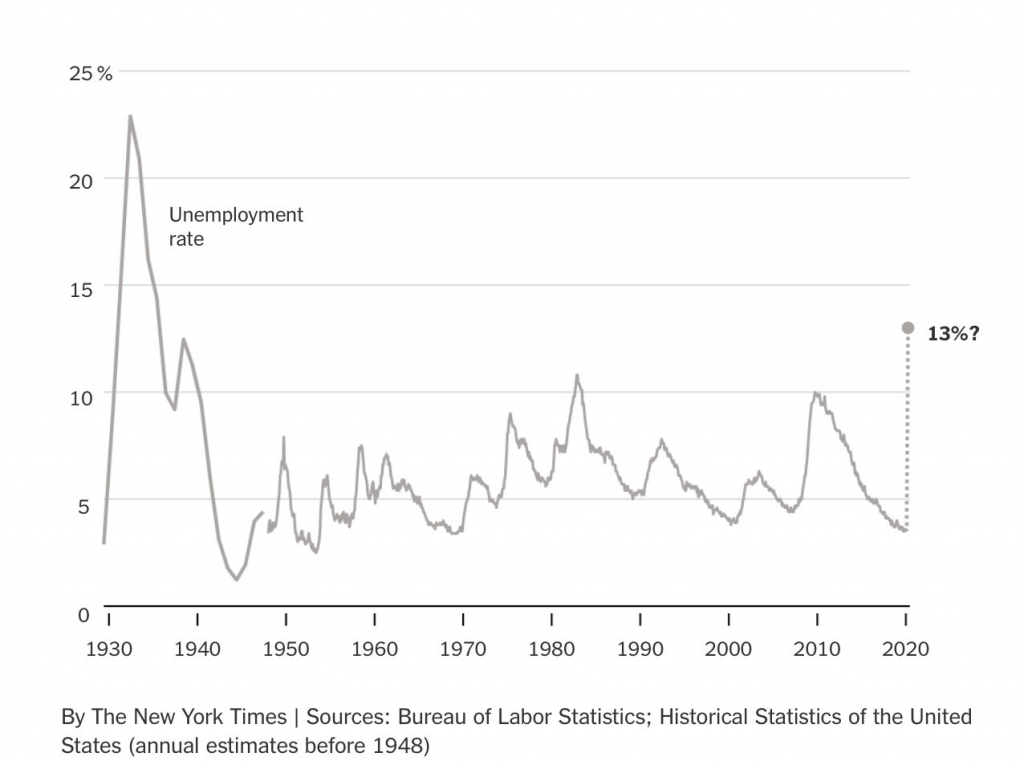Updated 22 Jun 2020
A really good overview on the current understanding of airborn risk and usefulness of masks:
Everyone Thinks They’re Right About Masks from The Atlantic
Long (and def worth a full read), but summary points:
- “Aerosol” distribution can mean either heavy droplets or mist. No solid answers to the risks of either. Studies still ongoing and may not be answered for years.
- Presence of aerosol-distributed COVID-19 does not necessarily mean risk since the existence of RNA “is like a fingerprint” in that it means the virus had been present, but may no longer be.
- Even the most crowded sites in Wuhan had <12 particles per meter^3. SARS takes 43-280 for infection.
- Safest: go outside for fresh air but stay out of even small crowds or small spaces with others, open your windows every now and then.
- Surfaces still the primary risk.
- Utility of masks also has no solid answers. Homemade masks (shirt, towel) can block 69-83% of particles. Best possible use currently is to protect others from you.
- The science is moving (necessarily) quickly and so advice is also. Be wary of pop science headlines.
Updated 22 Jun 2020
Q&A: Masks and COVID-19 – What is WHO’s view on masks?
Aside from medical masks for health professionals and those at risk, WHO recommends cloth masks only in high infectious areas and crowded or enclosed spaces:
Non-medical, fabric masks are being used by many people in public areas, but there has been limited evidence on their effectiveness and WHO does not recommend their widespread use among the public for control of COVID-19. However, for areas of widespread transmission, with limited capacity for implementing control measures and especially in settings where physical distancing of at least 1 metre is not possible – such as on public transport, in shops or in other confined or crowded environments – WHO advises governments to encourage the general public to use non-medical fabric masks.
